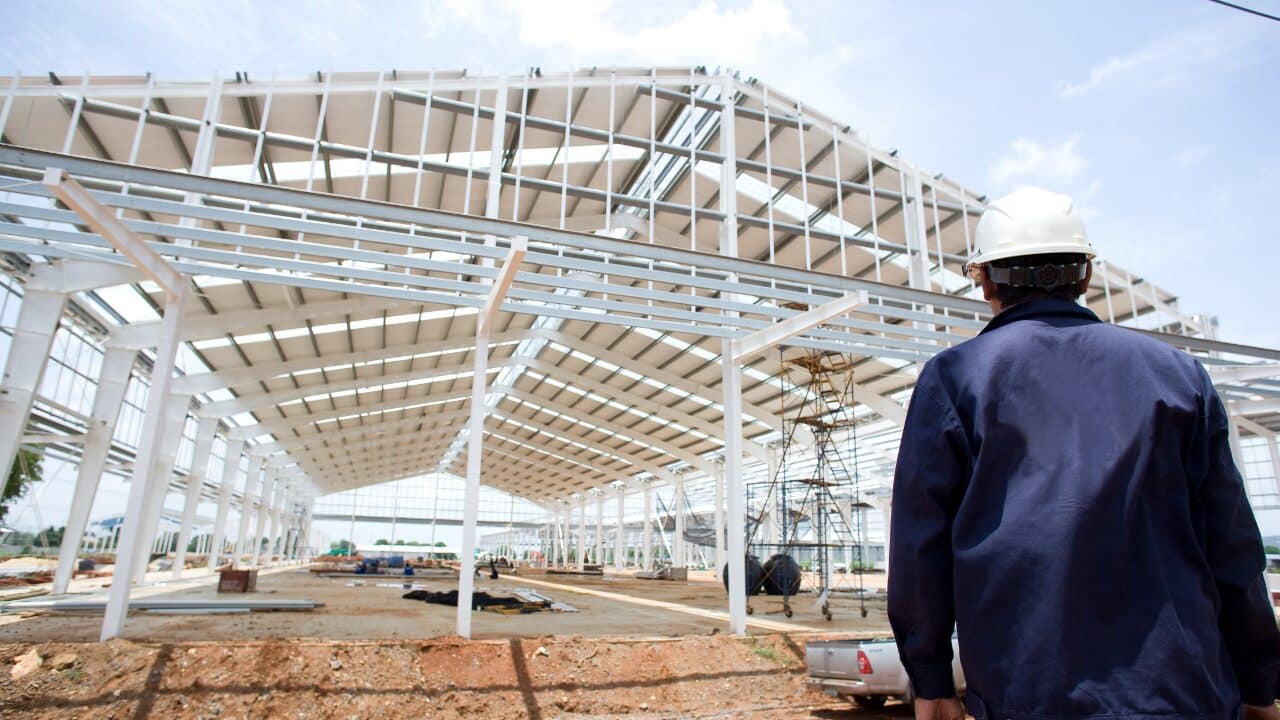It has become increasingly crucial for structures to possess both structural integrity and resilience to withstand the various challenges and threats they may face.
From natural disasters to man-made hazards, it is paramount to ensure that buildings, bridges, and other infrastructure can maintain their strength and functionality. We will explore the key factors and techniques in enhancing built environments’ structural integrity and resilience, focusing on the latest advancements and best practices in the field.
Table of Contents
Frameworks of Strength
By developing a framework that emphasises the importance of structural assessments, engineers and architects can better guarantee the longevity and safety of buildings. Structural assessments play a crucial role in identifying potential weaknesses or vulnerabilities within a structure, allowing for targeted repairs or reinforcements to be implemented proactively.
By regularly conducting structural assessments, building owners and managers can ensure that their properties remain safe and secure for occupants, even in the face of unforeseen challenges.
This commitment to safety is further reinforced by the expertise of Assent building control inspectors, who oversee and ensure compliance with rigorous safety standards throughout the assessment process.
The significance of structural assessments also lies in their ability to improve the overall resilience of buildings.
By identifying and addressing potential structural issues early on, engineers can enhance a building’s ability to withstand external forces such as earthquakes, hurricanes, or terrorist attacks. This prolongs the structure’s lifespan and safeguards the lives of those who inhabit or utilise the building daily.
Against the Elements
Designing buildings to withstand extreme weather conditions and natural disasters requires a meticulous understanding and compliance with building regulations.
These regulations are implemented to ensure that structures are constructed using best practices and materials that can withstand the forces of nature. For example, building codes may require reinforced concrete, special foundation designs, or impact-resistant windows to enhance the building’s resilience in areas prone to hurricanes or earthquakes.
By carefully following building regulations, architects and engineers can create structures that are better equipped to withstand extreme weather events and natural disasters. Compliance with building codes can minimise damage and protect inhabitants during emergencies.
Adherence to these regulations can also enhance the overall structural integrity of a building, making it more durable and long-lasting. It is essential to prioritise compliance with building regulations and incorporate the latest advancements and techniques in structural design to create truly resilient buildings against the elements.
Innovations in Structural Materials
Innovations in structural materials have played a significant role in improving the durability and sustainability of modern buildings.
Advancements in materials such as carbon fibre-reinforced polymers, high-performance concrete, and engineered wood products have allowed for the construction of structures that are not only stronger but also more resistant to environmental factors such as corrosion, fire, and seismic activity.
These new materials have enabled architects and engineers to design buildings that can better withstand the test of time and provide a safer environment for occupants.
New construction techniques such as 3D printing, prefabrication, and modular construction have revolutionised building design and assembly. These methods reduce construction time and costs and minimise waste and carbon emissions, making them more environmentally sustainable.
By adopting these innovative materials and techniques, the construction industry is moving towards a more sustainable future where buildings are durable and resilient and contribute to a greener and healthier environment for future generations.
The impact of new materials and construction techniques on building durability and environmental sustainability cannot be overstated.
By embracing innovation and incorporating these advancements into the design and construction process, we can create strong, resilient, environmentally friendly, and sustainable structures in the long run.
With the continued development of new materials and technologies, the future of construction looks promising as we strive to build a more resilient and sustainable world.





